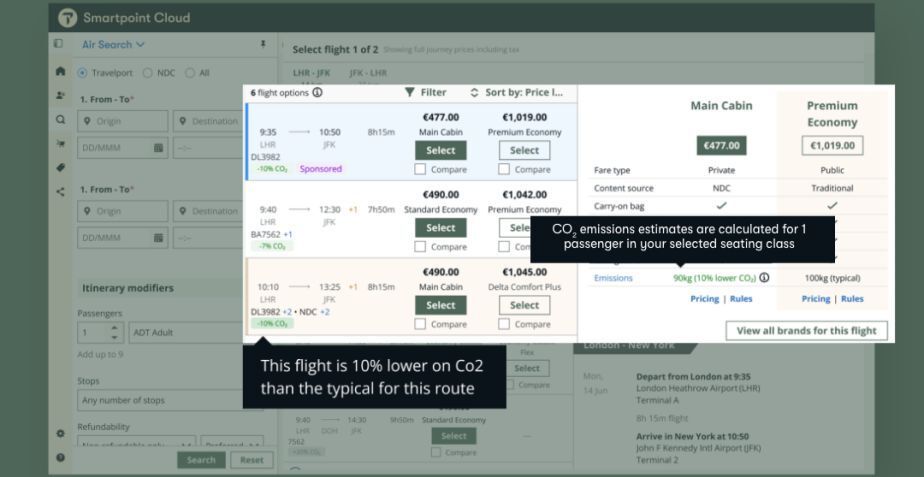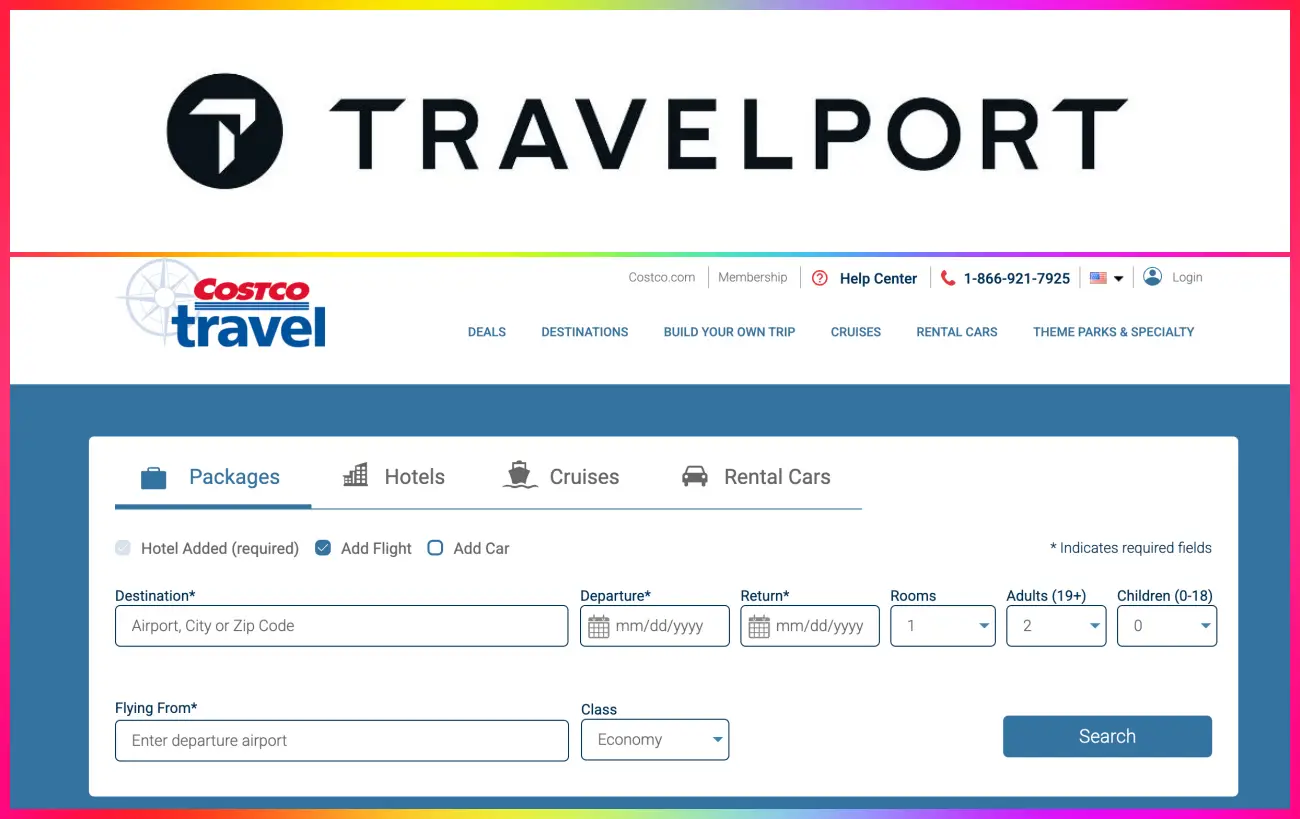Travelport, a leading global technology company in the travel sector, has unveiled a new feature that provides more transparent carbon dioxide (CO2) emission estimates for flights.
This initiative is powered by the Travel Impact Model (TIM), a tool co-developed by Google and the Travalyst coalition. The move is part of Travelport’s broader strategy to enable agents, travel managers, and travelers to make eco-friendlier travel choices.
Tom Kershaw, Chief Product and Technology Officer at Travelport, emphasized the growing demand for environmentally conscious travel decisions. He stated, “There’s a clear need for consistent and transparent data on the environmental impact of travel options. By adopting the TIM, we aim to standardize this information, making it easier for agents and customers to factor in environmental considerations when planning and booking trips.”
The inconsistency in carbon emission scores and rankings for identical flight options across different platforms has been a concern. Travelport’s adoption of the TIM seeks to address this by offering a unified, publicly accessible data framework. This will ensure that travel options are evaluated and presented based on consistent criteria, such as carbon emissions, environmental certifications, and waste initiatives.
Travel retailers utilizing Travelport’s platform can now effortlessly compare CO2 estimates for each flight and passenger. These estimates, generated by the TIM, consider various factors, including aircraft type, seat configuration, flight distance, load factors, and more. Access to these enhanced carbon emission estimates is available through Smartpoint, Trip Quote, and the Travelport API Suite.
Travelport’s collaboration with the Travalyst coalition, an independent non-profit organization, began in 2022. The coalition’s goal is to standardize and amplify eco-conscious travel information across platforms. “By integrating the Travel Impact Model into our system, we’re aligning with major global travel platforms to offer greater transparency and eliminate discrepancies in emission rankings,” Kershaw added.













